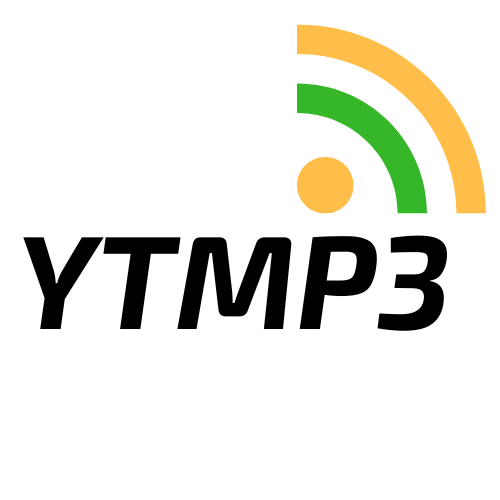Media converters have become an indispensable part of modern networking, bridging the gap between diverse communication media such as copper and fiber optics. As networks expand and evolve, the role of media converters continues to gain prominence. This blog post explores the current state of media converter technology, emerging trends, and factors shaping their future, providing a comprehensive analysis of the topic.
Current State of Media Converter Technology
Media converters enable seamless communication between different types of network media. They are vital in various applications, from simple local area network (LAN) extensions to sophisticated data center interconnections. Here are some key aspects of their current state:
- Versatility: Media converters support various speeds and protocols, including Fast Ethernet (100 Mbps), Gigabit Ethernet (1 Gbps), and even 10 Gigabit Ethernet. They work with copper cables like twisted pair and fiber optics, offering compatibility with single-mode and multi-mode fibers.
- Configurations: Available as unmanaged and managed devices, they cater to diverse requirements. Unmanaged converters provide basic plug-and-play functionality, while managed converters offer features like remote monitoring, fault detection, and enhanced control.
- Applications: From office networks to industrial setups, media converters are used in scenarios demanding reliable, cost-effective solutions for connecting different network segments.
Emerging Trends in Media Converter Technology
- Rising Demand for Higher Bandwidth
- The explosion of data-driven applications necessitates high-speed networks. Media converters are evolving to support data rates up to 10 Gbps and beyond.
- SFP+ and XFP transceivers in media converters ensure compatibility with high-speed networks and allow long-distance communication.
- Shift Towards Managed Solutions
- Managed media converters are increasingly popular due to their advanced features, such as diagnostics, remote configuration, and traffic monitoring.
- These capabilities help administrators optimize network performance and troubleshoot issues efficiently.
- Industrial Applications and Ruggedization
- The adoption of fiber optics in industrial environments drives the demand for rugged media converters that can withstand extreme temperatures, vibrations, and electromagnetic interference.
- Hardened converters ensure reliable communication in harsh conditions, making them a cornerstone of industrial networking.
- Integration with Emerging Technologies
- Media converters are adapting to work seamlessly with Internet of Things (IoT) devices and 5G networks.
- Future-ready designs enable these devices to support new protocols and technologies as they emerge.
- Cost Optimization and Miniaturization
- Innovations in chip technology and packaging are making media converters more compact and cost-efficient.
- Examples include converters that draw power from USB ports, reducing dependency on external power supplies.
Market Dynamics and Growth Factors
The media converter market is experiencing robust growth, driven by:
- Increased Network Upgrades: Organizations are transitioning from copper-based to fiber-optic networks, creating demand for reliable media conversion solutions.
- Data Center Expansion: The proliferation of cloud services and data centers is accelerating the need for high-speed, long-distance connectivity enabled by media converters.
- Economic Drivers: Cost-effective solutions for extending network reach without overhauling infrastructure make media converters a compelling choice.
- Challenges: Despite growth, challenges like maintenance costs and competition from alternative technologies could impact adoption.
Future Projections and Technological Innovations
- Advanced Speed Capabilities
- Media converters supporting 25G, 40G, and 100G speeds are on the horizon, addressing the needs of high-performance networks.
- AI and Machine Learning Integration
- Incorporating AI-driven analytics could enable smarter, self-optimizing media converters that adapt to network demands in real time.
- Sustainability and Energy Efficiency
- Future designs will likely emphasize eco-friendly materials and lower power consumption, aligning with global sustainability goals.
- Enhanced Compatibility
- Greater emphasis on compatibility with software-defined networking (SDN) and network function virtualization (NFV) for more flexible network management.
- Edge Computing and IoT
- Media converters will play a pivotal role in edge networks, supporting seamless data flow between IoT devices and central data centers.
Conclusion
The future of media converters is bright, characterized by advancements in speed, management capabilities, and ruggedness to meet the demands of diverse environments. As networks grow in complexity and scale, media converters will remain essential for ensuring interoperability and performance. By staying at the forefront of technological innovation and addressing emerging market needs, media converters will continue to be a cornerstone of modern and future networks.

